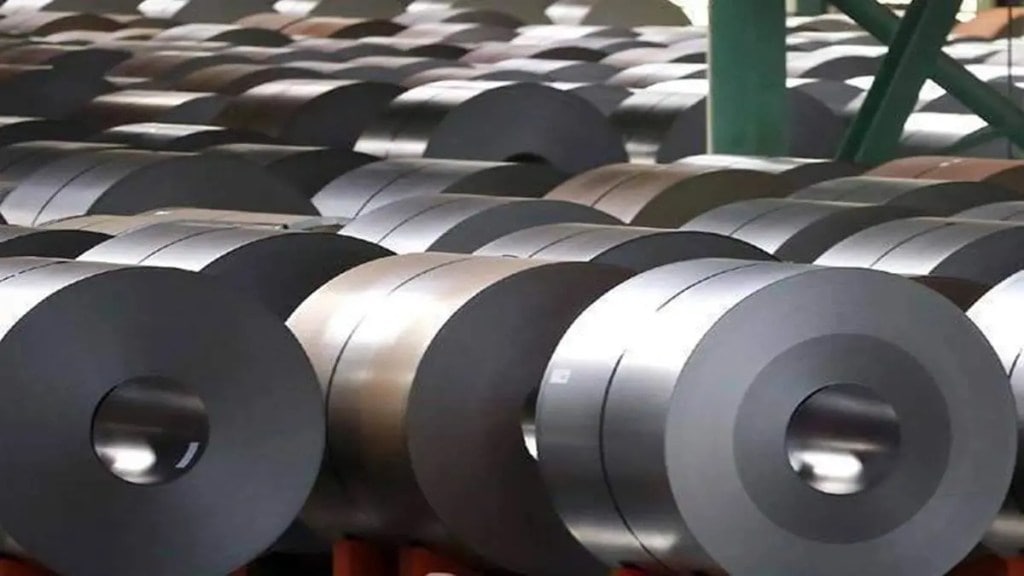By Satish Kumar Agarwal
According to a recent CareEdge Research report released in January, India’s steel production grew by 5.7% whereas consumption grew by 11% for the period from April to December. The report further states that steel production to be in the range of 117 to 119 million tonne which is likely to be up by 3% to 5% on-year. Whereas the growth rate of steel consumption is expected to at 10% to 12%. Considering these estimates, it is important to deep dive into the demand drivers for both production and consumption.
Infra Push
The launch of National Infrastructure Pipeline (NIP) with a progressive outlook and projected infrastructure investment to the tune of ₹111 lakh crore during FY20-25 is the key indicator of the push towards infrastructure projects across the country. The NIP currently has more than 8,500 projects with a projected investment of more than ₹100 lakh crore under various stages of implementation. The budget for FY 23-24 has given the much-needed impetus to the infrastructure, housing and construction sector backed by policy level support by the government. The budget for FY23-24 also focuses on reviving 50 additional airports, heliports, water aerodromes and advance landing groundings for improving regional air connectivity under ‘Udan’ scheme.
Planned initiatives such as the ‘Bharatmala’ programme for development of roads, ‘Sagarmala’ programme for port-led industrial development, the Urja Ganga Gas Pipeline Project, Smart Cities project and projects under the Atal Mission for Rejuvenation and Urban Transformation (AMRUT) will all collectively contribute towards growth in steel production and domestic consumption. The government’s focus on improving the logistics ecosystem through ‘infrastructure initiatives’ is a force multiplier for domestic steel demand.
Affordable Housing
The ‘PM Awas Yojana’ along with extended Credit-Linked Subsidy Scheme (CLSS) will further provide impetus to the real estate sector. While addressing this affordability gap, the central government will further boost the initiative to provide affordable housing by increasing the outlay by more than 60% at more than ₹70,000 crores and extending CLSS until the year 2027. This in particular is going to create demand for steel in pre-engineered buildings, steel pipes and structural steel.
Indian Railways CapEx
The ‘Railway Station Redevelopment Program’ was launched by the government with the objective of redeveloping 400 railway station across the country with an outlay of ₹1 lakh crore through the Public Private Partnership (PPP) mode. These projects being implemented by India Railway Station Development Corporation Ltd. and Railways Rail Land Development Authority (RLDA) in more than 10 states will have a multiplier effect on the country’s economy. Key projects like High-speed Rail Project, Dedicated Freight Corridor Project, Gati Shakti Multi Modal Cargo Terminal are also key drivers of domestic steel demand and consumption. This will help generate and increase new avenues of employment apart from enhancing passenger experience. Allocation of more than ₹ 2 lakh crore towards Indian Railways CapEx in FY23-24 for building tracks, new coaches, electrification, and developing facilities at stations is also one of the key demand drivers of steel production and domestic consumption. This allocation is said to be more than nine times higher that FY13-14.
All these above factors will provide further boost to ‘Make in India’ initiative while adding to the ‘Atmanirbhar Bharat’ narrative. In conclusion, considering the global dynamics, the domestic market and the projected growth rate of the economy, the Indian steel industry holds lot of potential to ride on growth trajectories for the next 5 to 7 years.
(Satish Kumar Agarwal, CMD, Kamdhenu Group. Views expressed are author’s own.)

